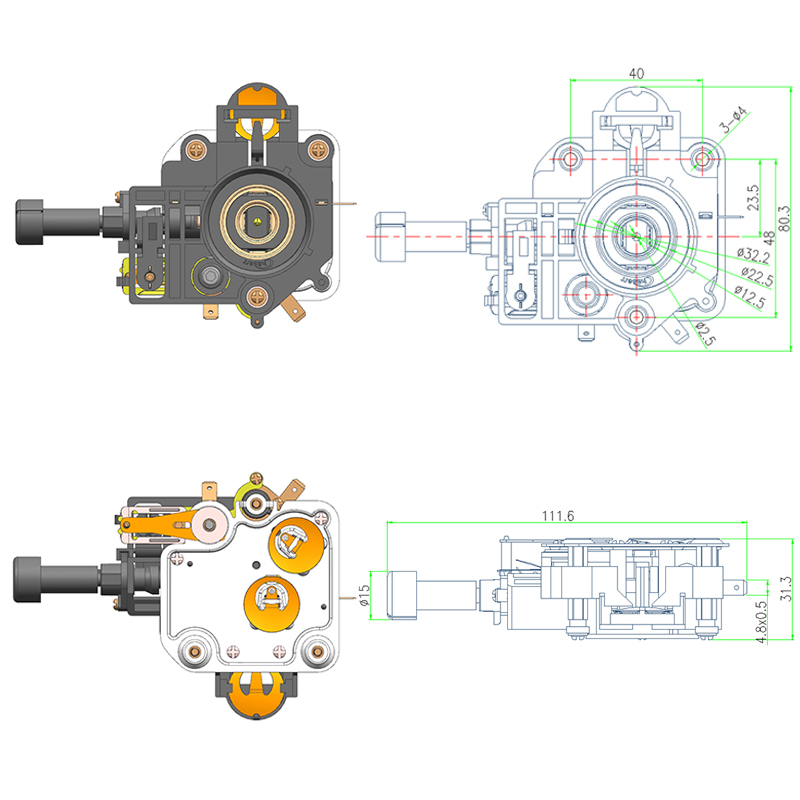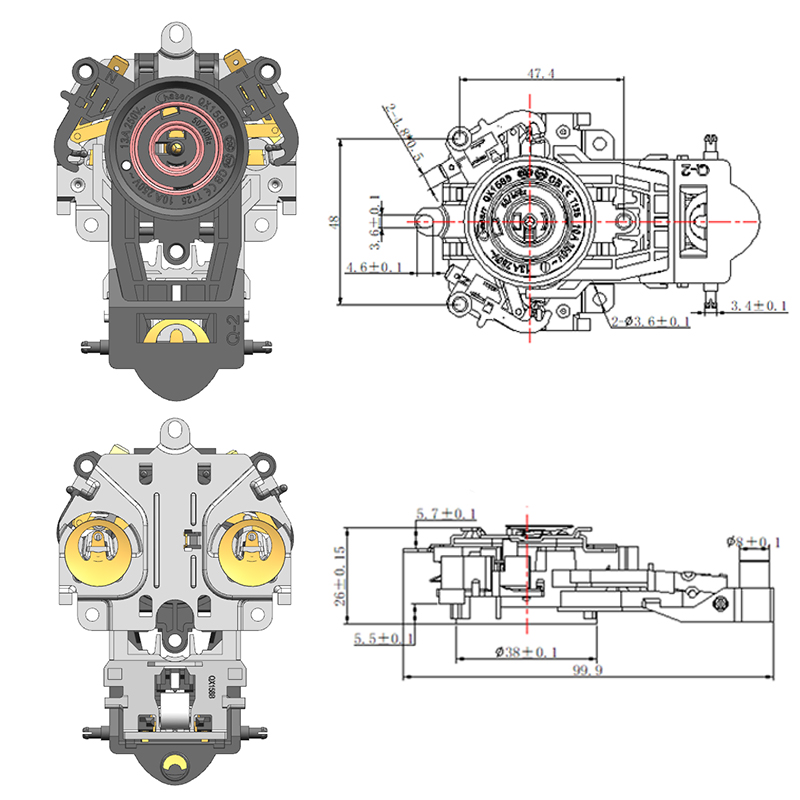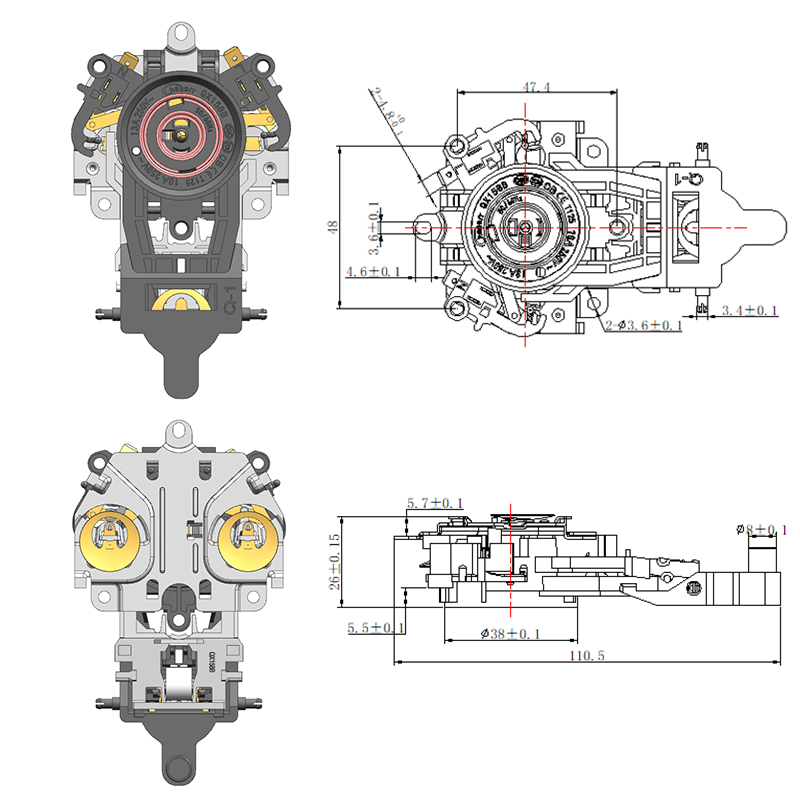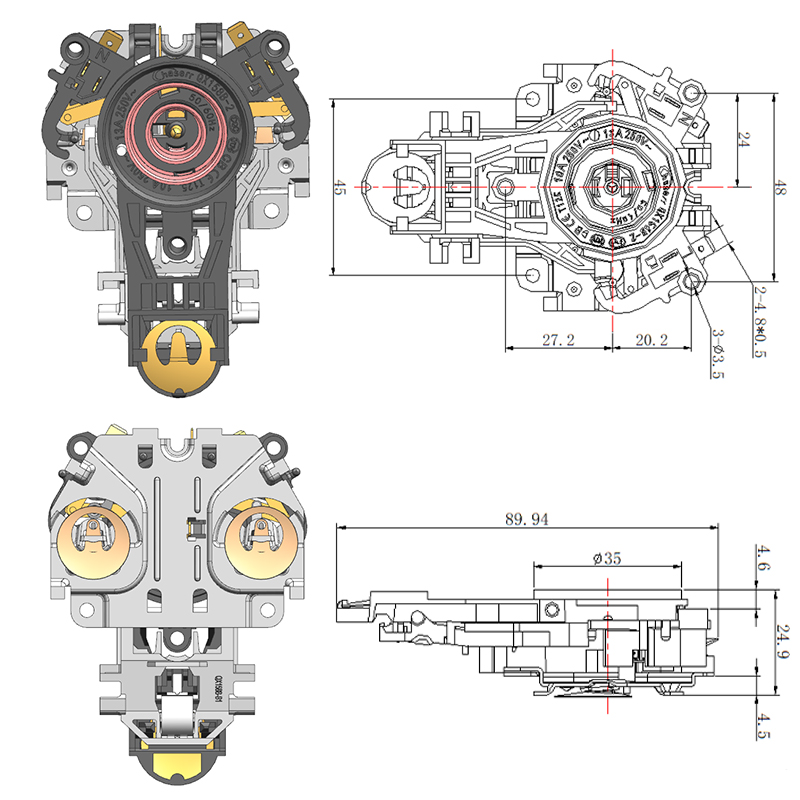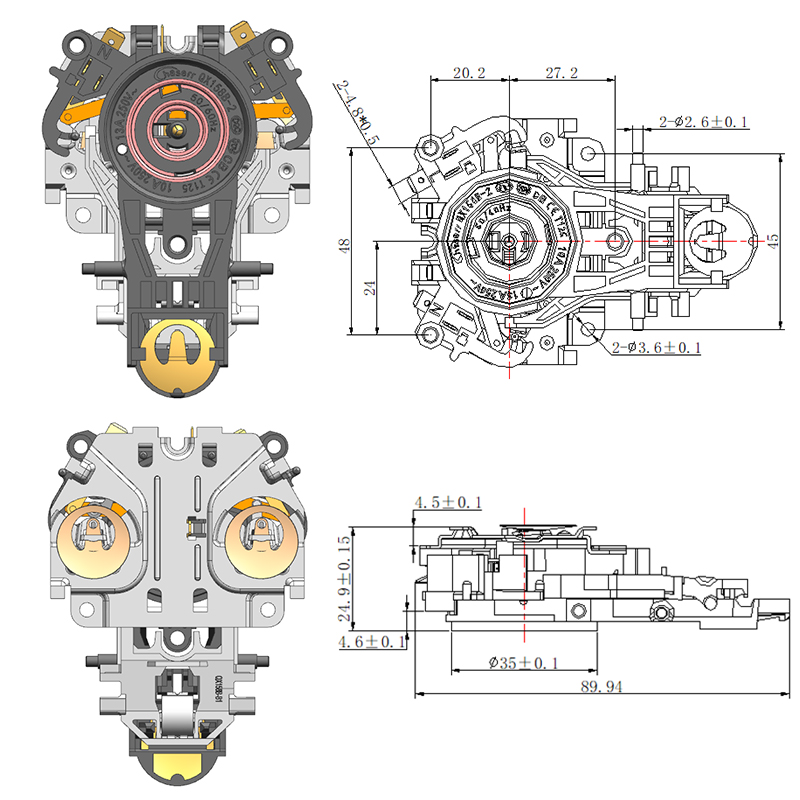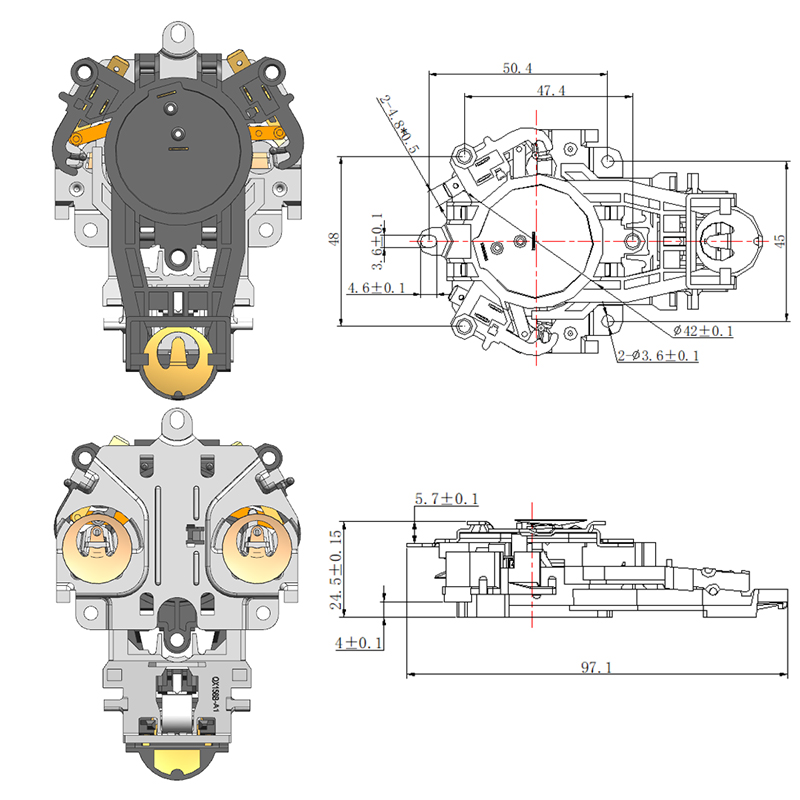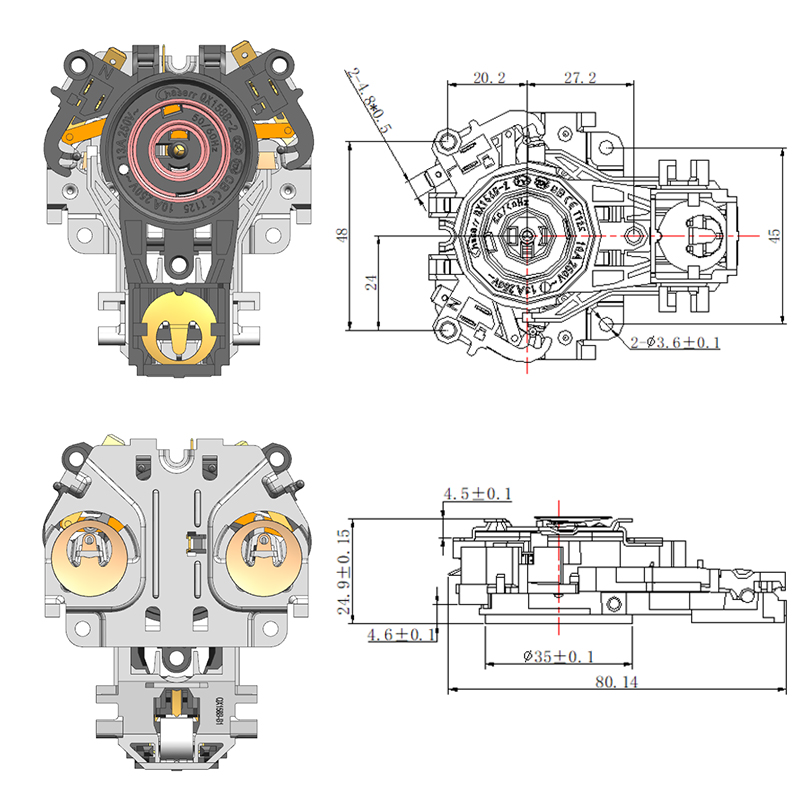Comparing Performance of Bimetal Temperature Control Switch Thermostats and Electronic Controls
How Bimetal Temperature Control Switch Thermostats Work
The Bimetal Temperature Control Switch Thermostat operates through a simple mechanical process. It consists of two different metal strips bonded together that expand at different rates when heated. This differential expansion causes the strip to bend or snap at a specific temperature, triggering the switch to open or close an electrical circuit. This action controls the power supply to the kettle's heating element, turning it off once the desired temperature is reached.
These thermostats are widely used as Kettle Control Thermostats because they are reliable, cost-effective, and do not require external power to operate. Their mechanical nature makes them less susceptible to electrical interference or failures caused by power surges.

Advantages and Limitations of Bimetal Thermostats
One of the main advantages of bimetal thermostats is their durability. They can withstand high temperatures and repeated cycles without significant degradation. Additionally, their simplicity allows for easy maintenance and replacement.
However, the mechanical response of bimetal thermostats can sometimes cause less precise temperature control. The snap action may cause slight temperature fluctuations, resulting in minor overheating or underheating. This imprecision may not be ideal for kettles designed to brew beverages requiring very specific temperatures, such as green tea.
Electronic Controls in Kettle Temperature Regulation
Electronic thermostat controls rely on digital sensors and microprocessors to monitor temperature. These systems often use thermistors or semiconductor sensors to measure water temperature and precisely adjust the power supply to the heating element. The control unit processes sensor data in real-time, allowing for highly accurate temperature management.
Electronic Kettle Control Thermostats offer the advantage of programmable settings, enabling users to select different temperatures for various types of beverages. Additionally, they can maintain temperatures for longer periods without significant fluctuation, enhancing user convenience and beverage quality.
Benefits and Drawbacks of Electronic Controls
The primary benefit of electronic controls is their accuracy and flexibility. They provide more consistent temperature regulation and can incorporate additional features such as touch interfaces, timers, and safety alerts.
On the downside, electronic systems are generally more complex and expensive to produce. They also rely on continuous power and may be more vulnerable to electrical faults or sensor failures. Repair and replacement can be more costly compared to simple bimetal thermostats.
Choosing Between Bimetal and Electronic Thermostats
The choice between a Bimetal Temperature Control Switch Thermostat and electronic controls depends largely on the application and user needs. For basic kettles where cost and durability are priorities, bimetal thermostats provide reliable and straightforward temperature control. They are also preferred in environments where electrical interference might be a concern.
Conversely, for users seeking precise temperature control, multi-temperature options, and advanced features, electronic thermostat controls are preferable. These systems improve brewing results for specialty drinks and enhance overall user experience.
Conclusion
Both bimetal temperature control switch thermostats and electronic controls have important roles in kettle temperature regulation. While the bimetal thermostat offers simplicity, reliability, and cost-efficiency, electronic controls provide good accuracy and versatility. Understanding their strengths and limitations enables informed decisions when selecting a Kettle Control Thermostat that suits specific needs and preferences.

 English
English  中文简体
中文简体  Español
Español 
